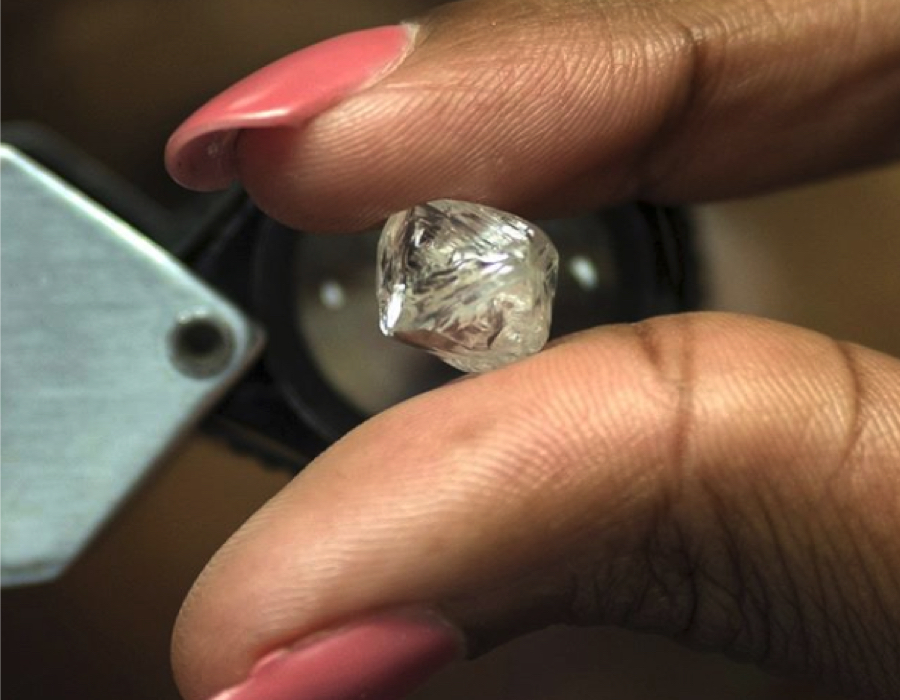INFOGRAPHIC: Silver series – who controls the world’s supply (part 2 of 4)
Within the Earth’s crust, there is 1 gram of silver for every 12.5 tonnes of earth (27,600 lbs). This makes silver very difficult to find. To understand silver supply, we must first discover how economic silver deposits form.
Silver is typically mined as a byproduct in polymetallic deposits with a variety of metals. Other key metals found in these ores include lead, zinc, gold, and copper. These deposits can form in many different ways:
- Volcanogenic Massive Sulphide (VMS) deposits are formed at or near the sea floor by underwater volcanic activity. They can be a significant source of copper, zinc, lead, gold, and silver.
- Carbonate hosted deposits are known specifically as Mississippi Valley and Irish types with limestone and dolomite as the most common host rocks. Zinc-lead content is usually 5-10% with concentrations of silver and copper present.
- Sedimentary exhalative (Sedex) deposits are formed by release of ore-bearing hydrothermal fluids into water, resulting in the precipitation of metals such as lead, zinc, silver, copper, and gold.
- Intrusion related deposits relate to skarns, veins, mantos, high sulphidation, or other related types of deposits. Intrusions are when liquid rock (magma) forms under the Earth’s surface and slowly pushes up into spaces it can find, sometimes pushing country rock away.
- Epithermal deposits are created close to surface and are deposited by hot fluids. These occur typically in areas where magmas are able to move high in the Earth’s crust. Gold, silver, copper, and other metals are found in epithermal deposits.
Silver occurs in many different types of deposits, and in 2013 silver was mined as the primary metal 29% of the time.
The total amount of silver mined in global history is enough to create a 52m cube. The amount of silver available to the market each year depends chiefly on mine production and scrap metal recycling. In 2013, silver scrap reached its lowest levels since 2001 to 5,966 tonnes, or under 20% of supply.
Silver is most often mined from polymetallic deposits. There are different types spread out through the world, but silver supply is increasingly coming from North and South America and primary silver miners.
Don’t miss another part of the Silver Series by connecting with Visual Capitalist to receive daily infographics through e-mail or social media.
More News
{{ commodity.name }}
{{ post.title }}
{{ post.date }}




Comments